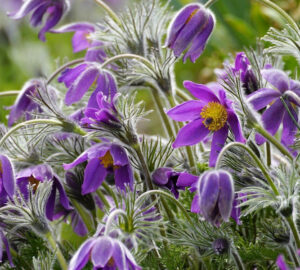Lupine, scientifically known as Lupinus, is a striking and vibrant addition to any garden. Its tall, spiky blooms and distinct, palmate leaves create a bold statement in the landscape, while its hardy nature makes it a favorite among gardeners. In this article, we’ll explore what makes lupine so unique, delve into its origin, discuss how it found its way into gardens, and provide tips on how to care for this beautiful plant.
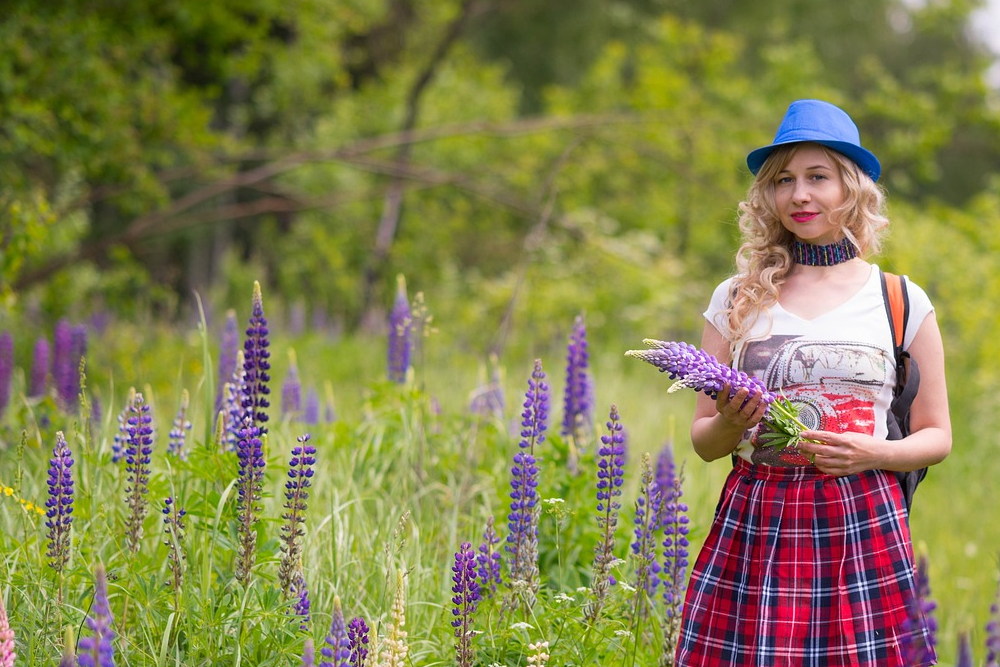
Description of Lupine
Lupine is a member of the legume family, Fabaceae, and is known for its tall, erect spikes of colorful flowers. The leaves are typically palmate, resembling a hand with multiple leaflets radiating from a central point. The flowers, which bloom in dense clusters along the spike, come in a wide range of colors, from deep blues and purples to pinks, whites and yellows.

Origins and Etymology
The name “lupine” is derived from the Latin word “lupus,” meaning “wolf.” This name might seem unusual for a plant, but it likely comes from the plant’s aggressive nature in the wild, where it can “wolf down” nutrients from the soil. Despite this, lupine plays a beneficial role in its natural habitat by fixing nitrogen in the soil, thereby enriching it for other plants.

Why Lupine Is Special
Lupine stands out in the garden for several reasons. Its tall flower spikes, sometimes reaching heights of four to five feet (approximately 120 to 150 cm), create a dramatic visual impact. These spikes are covered in tightly packed flowers, resulting in a vibrant burst of color during their blooming season, typically in late spring to early summer. Additionally, lupine attracts pollinators like bees and butterflies, making it an excellent choice for eco-conscious gardeners.
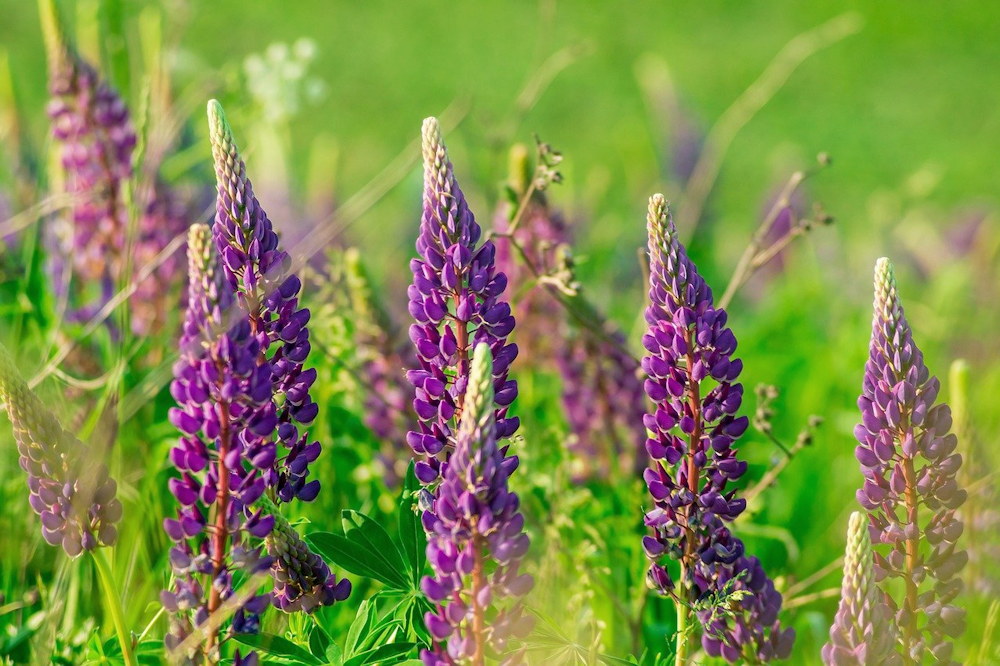
How Lupine Entered Gardens
Lupine has a long history of cultivation, with many species native to North and South America. It gained popularity in gardens due to its striking appearance and ability to thrive in a variety of conditions. Early plant breeders recognized its potential and began cultivating hybrid varieties with an even broader range of colors and improved characteristics, leading to the diverse selection we see today.
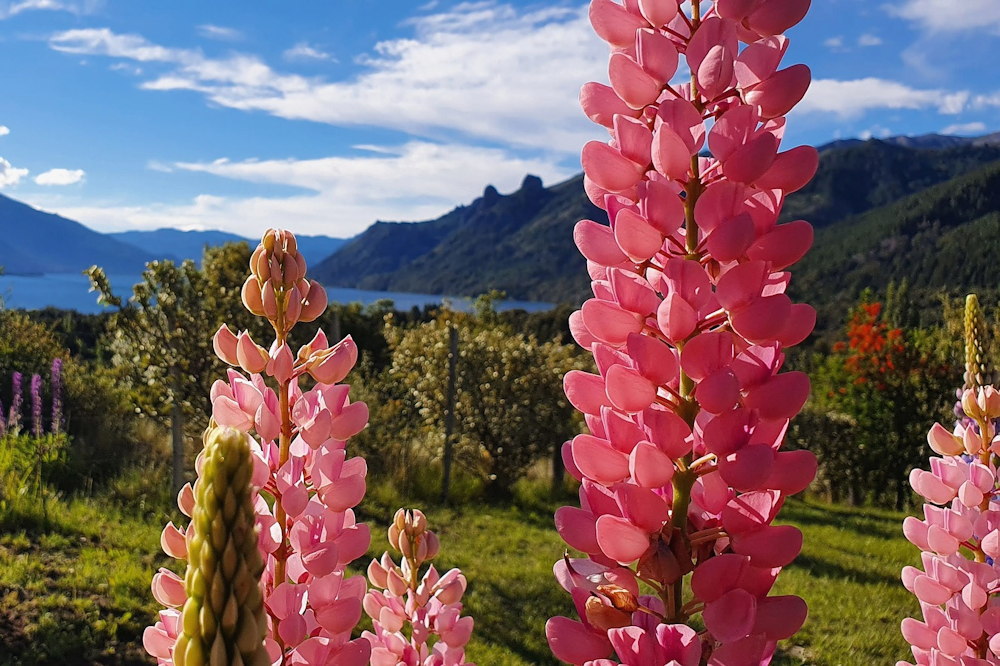
Caring for Lupine in Your Garden
Lupine is a relatively easy plant to care for, making it a suitable choice for both novice and experienced gardeners. Here are some key tips for cultivating lupine in your garden:
- Location: Lupine prefers full sun but can tolerate partial shade. Ensure it has plenty of sunlight to encourage robust growth and vibrant blooms.
- Soil: This plant thrives in well-drained soil with a slightly acidic to neutral pH. It also benefits from soil with low to moderate fertility.
- Watering: Water lupine regularly, especially during dry spells, but avoid overwatering to prevent root rot.
- Pruning: Deadhead spent flowers to encourage a second flush of blooms later in the season. This also helps maintain the plant’s tidy appearance.
- Pest Control: Lupine is relatively resistant to pests and diseases, but keep an eye out for aphids and slugs.
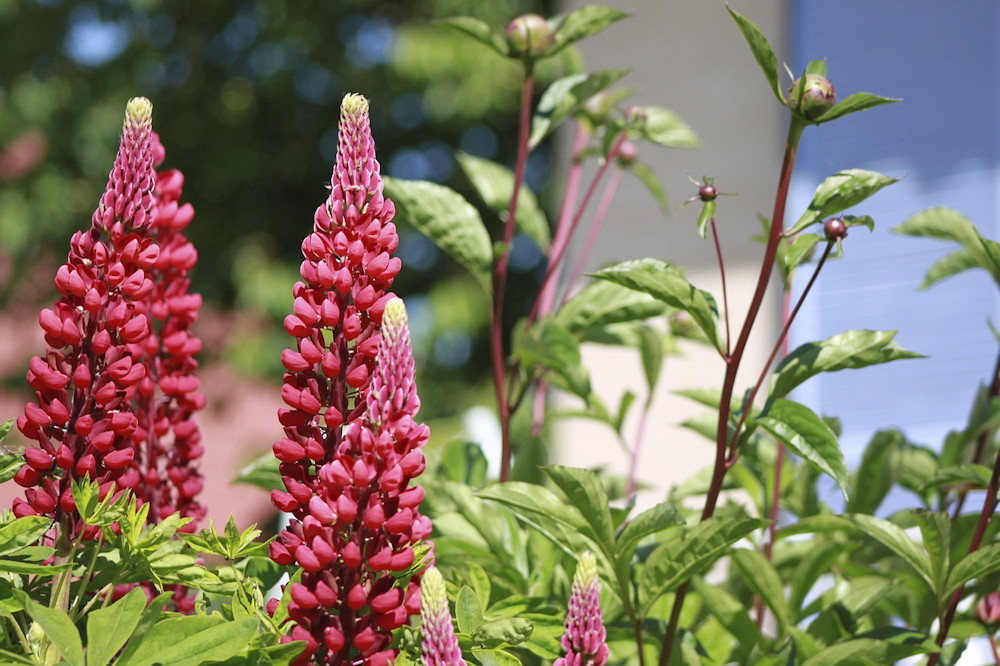
Interesting Facts About Lupine
To wrap up, here are six interesting facts about lupine that you might not know:
- Diverse Species: There are over 200 species of lupine, ranging from annuals to perennials, with some varieties growing wild and others cultivated in gardens.
- Edible Seeds: Some lupine species have edible seeds, which have been consumed for centuries. However, they require careful preparation to remove toxic alkaloids.
- Native Habitat: Lupine is native to various regions, including the Americas and the Mediterranean, and plays an essential role in ecosystems by fixing nitrogen in the soil.
- Wildlife Attraction: Lupine is a magnet for pollinators, attracting bees, butterflies and even hummingbirds.
- Symbolism: In some cultures, lupine symbolizes imagination and creativity due to its vibrant and varied colors.
- Rudyard Kipling Connection: Author Rudyard Kipling had a fondness for lupines, mentioning them in his writings. This connection further boosted their popularity in English gardens.
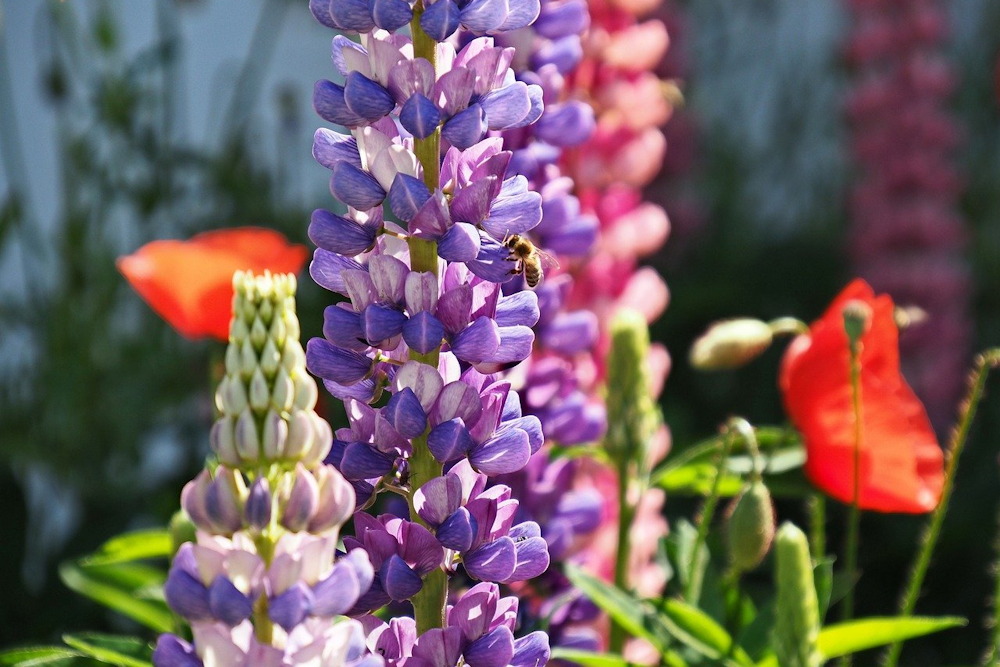
With its stunning visual appeal, adaptability and ecological benefits, lupine is a plant that deserves a place in every garden. By following the care tips provided and appreciating its unique qualities, you can enjoy the beauty of lupine for years to come.











